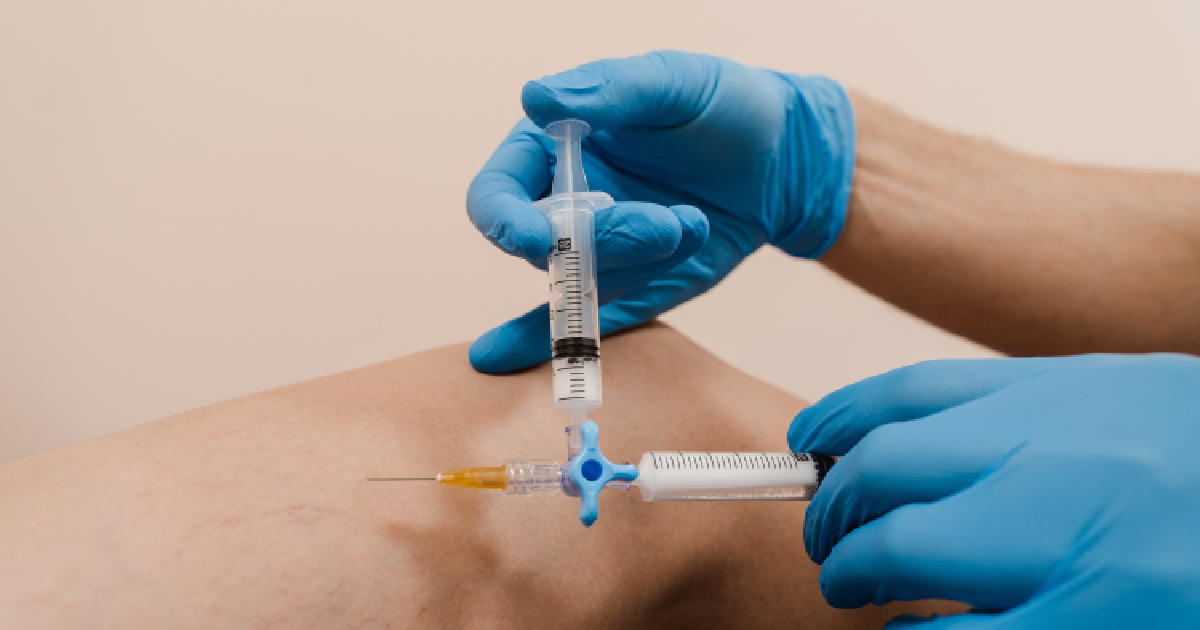
In the pursuit of body contouring and fat reduction, individuals are often faced with a choice between traditional liposuction and newer non-surgical fat reduction methods. At AJC Eyelid and Facial Plastic Surgery, we understand the importance of making an informed decision when it comes to your body and overall health. In this comprehensive guide, we’ll explore the pros and cons of both liposuction and non-surgical fat reduction techniques to help you determine which option might be better suited to your needs and goals.
Understanding Liposuction
Liposuction, also known as lipoplasty or body contouring surgery, is a surgical procedure that removes excess fat deposits from specific areas of the body. It has been a popular choice for body sculpting since its introduction in the 1980s.
How Liposuction Works
- Anesthesia is administered (local or general, depending on the extent of the procedure).
- Small incisions are made in the target area.
- A thin tube called a cannula is inserted through the incisions.
- The cannula is used to break up fat cells and suction them out of the body.
- The incisions are closed, and compression garments are applied to aid healing.
Pros of Liposuction
Immediate and Significant Results
Liposuction can remove large volumes of fat in a single session, providing dramatic results.
Precision
Surgeons can target specific areas with great accuracy, allowing for detailed body contouring.
Long-lasting Results
Fat cells removed through liposuction don’t regenerate, leading to permanent changes in body shape (assuming a stable weight is maintained).
Versatility
Can be used on various body areas, including abdomen, thighs, arms, and chin.
Cons of Liposuction
Invasive
As a surgical procedure, it carries risks associated with anesthesia and infection.
Downtime
Recovery typically requires several days to weeks of restricted activity.
Potential Side Effects
These may include bruising, swelling, numbness, and contour irregularities.
Cost
Generally more expensive than non-surgical alternatives.
Not Suitable for Everyone
Those with certain health conditions may not be good candidates for surgery.
Understanding Non-Surgical Fat Reduction
Non-surgical fat reduction encompasses a range of techniques that aim to eliminate fat cells without invasive surgery. These methods have gained popularity due to their minimal downtime and lower risk profile.
Common Non-Surgical Fat Reduction Methods
- Cryolipolysis (e.g., CoolSculpting): Uses controlled cooling to freeze and eliminate fat cells.
- Radiofrequency Lipolysis (e.g., Vanquish): Employs radiofrequency energy to heat and destroy fat cells.
- Ultrasound Fat Reduction (e.g., UltraShape): Utilizes focused ultrasound waves to disrupt fat cells.
- Injection Lipolysis (e.g., Kybella): Involves injecting deoxycholic acid to dissolve fat cells.
How Non-Surgical Fat Reduction Works:
While the specific mechanism varies by method, the general principle is to damage fat cells in a way that causes them to be naturally eliminated by the body’s lymphatic system over time.
Pros of Non-Surgical Fat Reduction
- Minimally Invasive No incisions, anesthesia, or sutures required.
- Little to No Downtime: Patients can typically return to normal activities immediately.
- Lower Risk Profile: Reduced risk of complications compared to surgery.
- Gradual, Natural-Looking Results: Changes occur over weeks or months as the body processes the treated fat cells.
- Multiple Treatment Options: Allows for tailored approaches based on individual needs and preferences.
Cons of Non-Surgical Fat Reduction
- Less Dramatic Results: Typically removes 20-25% of fat in the treated area, compared to up to 80% with liposuction.
- Multiple Sessions Often Required: Optimal results usually require a series of treatments.
- Delayed Results: Full effects may not be visible for several months after treatment.
- Limited to Smaller Areas: Most effective for smaller pockets of fat rather than large volumes.
- Potential for Uneven Results: Less precise than surgical methods, which can lead to contour irregularities in some cases.
Comparing Effectiveness
When it comes to effectiveness, both liposuction and non-surgical fat reduction can produce significant improvements in body contour. However, the extent and immediacy of results differ:
Liposuction
- Can remove large volumes of fat (up to 5 liters in some cases)
- Results are immediately visible, with further improvements as swelling subsides
- Offers more dramatic and precise body sculpting
Non-Surgical Fat Reduction
- Typically removes 20-25% of fat in the treated area
- Results develop gradually over 2-4 months
- Best for smaller, stubborn fat deposits
It’s important to note that neither method is a weight loss solution. Both are most effective for individuals close to their ideal body weight who have specific areas of stubborn fat they wish to address.
Comparing Safety and Recovery
Safety considerations and recovery time are crucial factors in choosing between liposuction and non-surgical fat reduction:
Liposuction
- Carries risks associated with surgery and anesthesia
- Recovery typically takes 1-2 weeks before returning to normal activities
- May require pain medication and compression garments during recovery
- Risk of complications such as infection, irregular contours, or fluid accumulation
Non-Surgical Fat Reduction
- Minimal risks, with most side effects being minor and temporary (e.g., redness, swelling)
- Little to no downtime; patients can usually return to normal activities immediately
- Some methods may cause temporary numbness or sensitivity in the treated area
- Lower risk of serious complications
Cost Considerations
The cost of fat reduction treatments can vary widely depending on the extent of the procedure, the practitioner’s experience, and geographical location. Generally:
Liposuction
- Higher upfront cost
- Usually a one-time expense for a given area
- May have additional costs for anesthesia, facility fees, and post-operative care
Non-Surgical Fat Reduction
- Lower cost per session
- Multiple sessions often required for optimal results
- Cumulative cost can approach or exceed liposuction in some cases
It’s essential to consider the long-term value and results when comparing costs, rather than focusing solely on the initial price tag.
Choosing the Right Option for You
At AJC Eyelid and Facial Plastic Surgery, we believe that the “better” option depends entirely on individual circumstances. Here are some factors to consider:
- Amount of Fat to be Removed: For larger volumes, liposuction may be more appropriate.
- Desired Timeline: If you need immediate results, liposuction might be preferable.
- Tolerance for Downtime: Non-surgical options are better if you can’t afford significant recovery time.
- Budget: Consider both immediate and potential long-term costs.
- Health Status: Certain medical conditions may make non-surgical options safer.
- Skin Elasticity: Liposuction may be more effective if skin tightening is also desired.
- Treatment Areas: Some body areas respond better to specific treatments.
The Importance of Professional Consultation
Regardless of which method you’re leaning towards, a consultation with a board-certified plastic surgeon or dermatologist is crucial. At AJC Eyelid and Facial Plastic Surgery, we offer comprehensive evaluations to help determine the most suitable approach for each patient. During your consultation, we will:
- Assess your overall health and medical history
- Discuss your aesthetic goals and expectations
- Examine the areas you wish to treat
- Explain all available options, including potential risks and benefits
- Provide personalized recommendations based on your unique situation
Experience Beauty at AJC Eyelid and Facial Plastic Surgery Today!
Both liposuction and non-surgical fat reduction methods have their place in modern body contouring. Liposuction remains the gold standard for removing larger volumes of fat and achieving more dramatic results, while non-surgical options offer a gentler approach with less downtime and risk.
The “better” choice depends on your individual needs, goals, and circumstances. At AJC Eyelid and Facial Plastic Surgery, we’re committed to helping you navigate these options to find the solution that best fits your body contouring journey. Whether you opt for the precision of liposuction or the convenience of non-surgical treatments, our expert team is here to guide you towards achieving your desired results safely and effectively.
Remember, the most successful outcomes in body contouring come from combining professional treatments with a healthy lifestyle, including proper nutrition and regular exercise. We encourage you to schedule a consultation with us to discuss your options and develop a personalized plan for achieving your body contouring goals.





